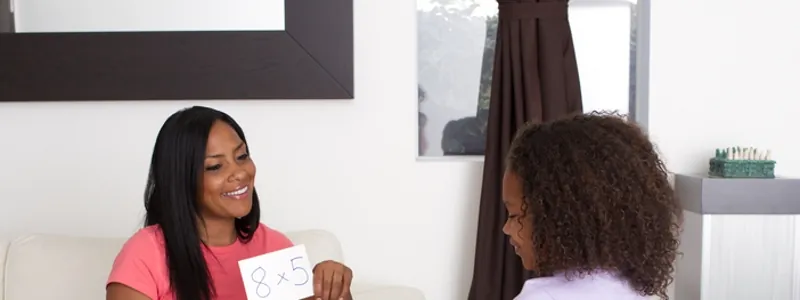This week’s blog post is the second installment of a three-part series focusing on revision techniques for kinesthetic learners. With GCSE and A-Level exams getting closer, it’s important that your child’s revision sessions employ techniques that are going to help them retain and learn the most information. As many classrooms predominately cater to visual and auditory learners, kinesthetic learners can struggle. We’ve found three fantastic ways that your child can study in a more hands-on way and ace their exams!
Kinesthetic Learners- ‘Physical Learners’
Around 5% of the population are kinesthetic learners, meaning they learn through touch, imitation and practice. Also known as ‘physical learners’, they often learn more effectively by carrying out physical activities, rather than listening to a lecture or watching demonstrations. Other traits include finding enjoyment in building and putting things together as well as becoming fidgety after sitting down for a long period of time. Here are some easy revision techniques that your child can start using whilst carrying out their revision sessions.
- Flashcards
Flashcards can be an excellent study tool for kinesthetic learners. Ask your child to write out a question or topic on one side of the card and list the details they need to remember on the other. This act of writing plus the physicality of turning them over whilst trying to learn engages many different parts of the brain, turning it into a game rather than just revision. Even better, your child can use them alone or with others. This means you can easily take an active part in your child’s revision sessions, which will make it more fun and more of an activity rather than just solo learning.
- Study in short blocks
Kinesthetic learners tend to have a shorter attention span than other kids, especially when they’re studying. This means that during revision, it’s crucial they break up study sessions into shorter periods, taking quick 5-minute breaks instead of longer ones. Remember, your child still needs to study as much as everyone else — they just need to adapt their techniques. These frequent breaks will give your child’s brain a chance to renew and refocus before they sit down again.
- Revision sessions with others
Often kinesthetic learners enjoy discussion and will find that talking about what they’ve learnt a helpful way to consolidate information. As a parent, make sure you have regular discussions with your kids about what they’re studying — ask them questions, get them to explain without notes as much as possible, or, as mentioned earlier, do some flash card activities with them. This one-on-one time will also give you the opportunity to contribute to your child’s studying and help identify any areas where they’re struggling. You could even host after-school study sessions for your child and their peers once a week, just make sure they’re studying and not just hanging out!

